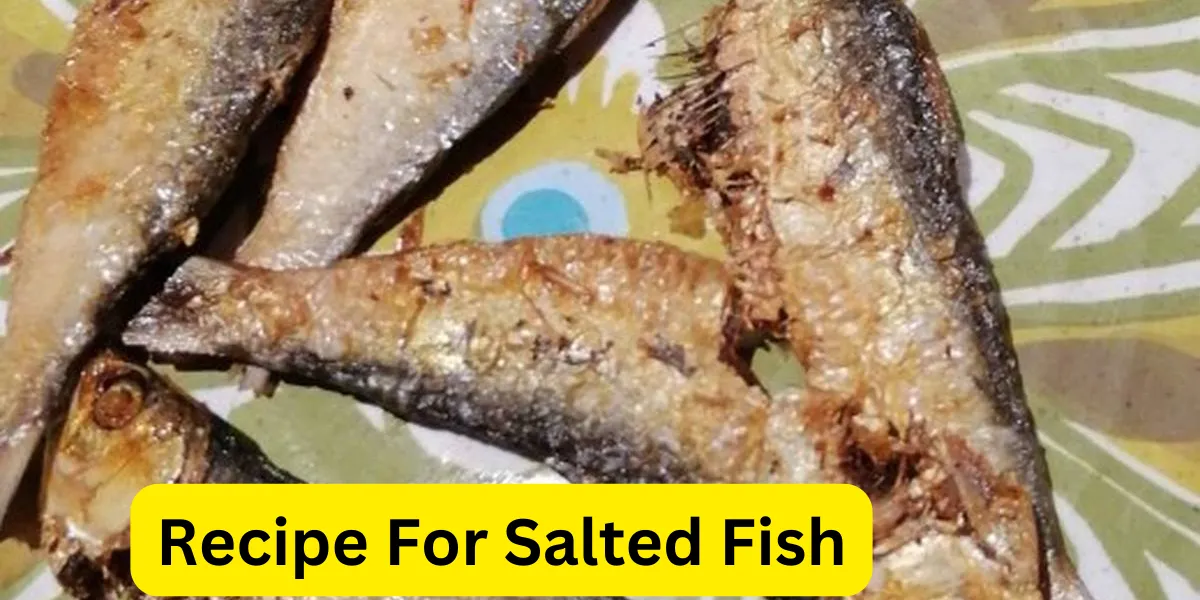Recipe for Salted Fish: A Savory Culinary Delight
When it comes to preserving the flavors of the sea, salted fish stands out as a timeless delicacy. With a history spanning cultures and generations, this method of preservation not only prolongs the shelf life of fish but also enhances its taste. Whether you’re a culinary enthusiast or simply curious about expanding your cooking repertoire, learning the art of making salted fish at home can be a rewarding experience. In this article, we’ll dive deep into the process, exploring the steps, techniques, and some exciting culinary applications.
Understanding the Basics: What is Salted Fish?
Salted fish is a culinary preparation that involves preserving fish by dry curing it with salt. This ancient practice has been used for centuries to ensure a steady supply of fish, especially in times when refrigeration wasn’t available. The salt draws out moisture from the fish, creating an environment that is inhospitable to bacteria and other microorganisms, thus preventing spoilage. Moreover, this preservation method imparts a unique texture and flavor profile to the fish, making it a sought-after ingredient in various cuisines worldwide.
The Art of Making Salted Fish
Choosing the Right Fish
Not all fish are suitable for salting.Recipe For Salted Fish Fatty fish varieties like mackerel, cod, and herring are commonly preferred due to their oil content, which contributes to better preservation. However, other types of fish can also be used, depending on regional preferences and availability.

Step-by-Step Guide
- Cleaning and Gutting: Start by cleaning and gutting the fish thoroughly. Remove scales, entrails, and any unwanted parts.
- Brining: Prepare a brine solution using a mix of salt and water. Submerge the fish in the brine and let it soak for a specified period, usually a few hours to overnight.
- Drying: After brining, remove the fish and pat it dry. Let it air dry for a while to remove excess moisture.
- Salting: Generously coat the fish with salt, focusing on the flesh and cavity. Some recipes call for additional seasonings like herbs and spices at this stage.
- Drying and Curing: Place the salted fish on a drying rack or a clean surface and let it cure. The drying process typically takes a few days to a week, depending on the fish’s size.
- Storing: Once thoroughly dried, your salted fish is ready to be stored. You can wrap it in parchment paper and keep it in a cool, dry place or refrigerate it.
Culinary Applications
The magic of salted fish lies not only in its preservation properties but also in the culinary transformations it undergoes. From Southeast Asia’s iconic salted fish fried rice to Mediterranean salted fish tapenade, the possibilities are endless. The intense umami and concentrated flavors of salted fish make it an excellent ingredient in dishes where a little goes a long way. Remember that due to its high salt content, soaking the fish in water before use is crucial to achieve the desired taste in your recipes.
Barracuda Fish and Hilsa (Elish Fish): A Quick Insight
Barracuda Fish: Known for its fearsome appearance and swift movements, the barracuda fish is a predator of the tropical and subtropical oceans. With its elongated body and sharp teeth, it’s a prized catch for sport fishing. Its firm and flavorful white flesh lends itself well to grilling and roasting, delighting seafood enthusiasts with its taste and texture.
Hilsa Fish: Celebrated in Bengali cuisine, the hilsa, or elish fish, holds cultural and culinary significance. Its silvery body and rich, oily meat contribute to its distinctive taste. Often prepared during festivals and special occasions, the hilsa’s unique flavor is heightened when prepared as “ilish bhapa” (hilsa cooked in mustard paste) or “ilish paturi” (hilsa wrapped in banana leaf and cooked).


